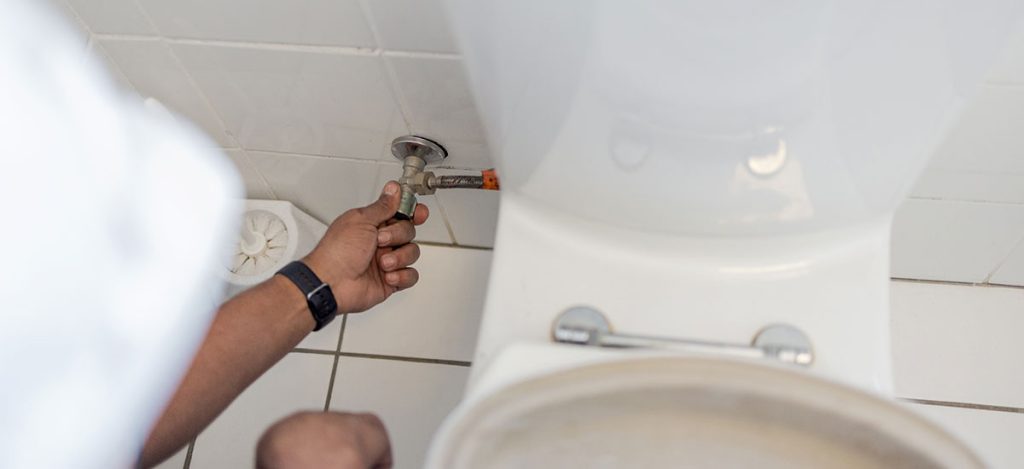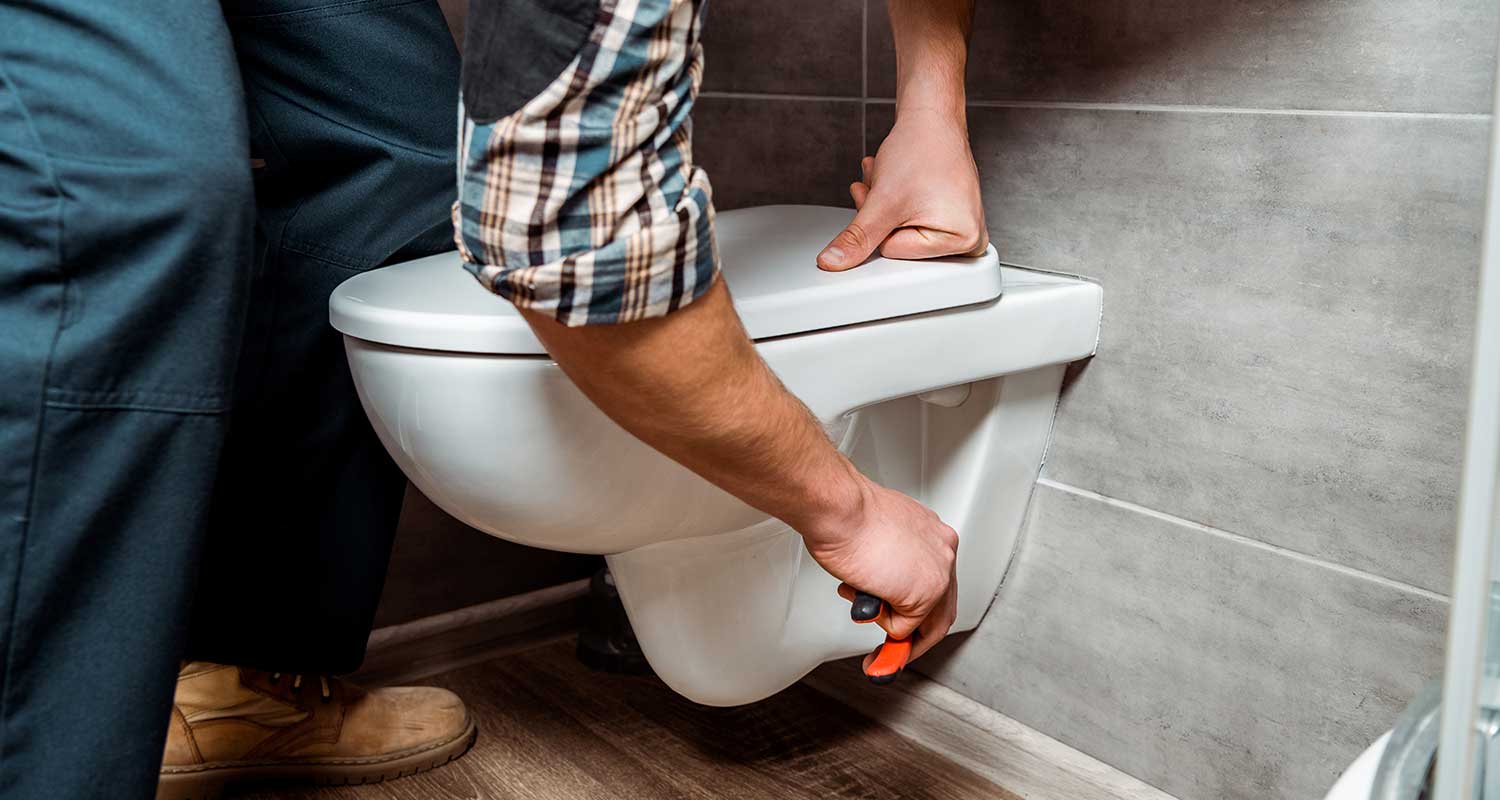Installing the right fix at the right time can save money, water, and frustration, especially for common toilet problems that DIY homeowners can tackle with confidence.
Most toilet repairs are manageable for DIY homeowners with the right tools and basic know-how. Whether it’s fixing a running toilet, adjusting the fill valve, or replacing the wax ring, mastering these tasks can cut down your water bill and prevent damage to your bathroom floor. Before you begin, remove the tank lid and familiarize yourself with each component: the toilet tank, water supply valve, toilet float, overflow tube, flush valve, and flapper valve.
Common Toilet Problems You Can Fix Yourself
Running Toilet & Constant Flushing
A toilet that runs constantly often wastes hundreds of gallons per day. The culprit is typically a worn toilet flapper, an improperly adjusted flapper chain, or issues with the fill valve. To diagnose:
- Open the tank lid and observe.
- Drop a bit of food coloring into the tank. If it seeps into the toilet bowl, you likely have a leaking flapper.
- Ensure the water level is about 1–1.5 inches below the overflow tube. Too high and water flows constantly into the tube, causing ghost flushing or running toilet sounds.
Weak Flush or Toilet Not Filling Properly
Clogged rim jets, improper water level, or a failing fill valve can reduce flush power. Clean the toilet bowl jets with vinegar via the overflow tube and check the small hose and refill tube attached to the fill valve.
Toilet Won’t Stop Filling
A faulty float arm or fill valve can prevent the tank from shutting off properly, sending water into the overflow tube. Adjust or replace the float cup or float ball (ball cock) as needed.
Leaky Toilet Base or Wax Ring Issues
Water dripping at the base of the toilet often indicates a failed wax ring seal. This leak can damage flooring and may require reseating the entire toilet on a new wax ring.
Must-Have Tools & Supplies
- Adjustable wrench, pliers, putty knife
- Toilet auger, plunger (for stubborn clogs)
- Replacement parts: new wax ring, flapper valve, fill valve, tank lever and lift chain
- Sponge, bucket, work gloves
Optional: silicone sealant, rubber gloves, shop towels. A repair kit with a universal fill valve and flapper is a convenient option if you’re unsure of correct size.
Step-by-Step Toilet Repairs Made Simple

1. Replacing a Toilet Flapper Valve
- Shut off the toilet’s shut off valve or water supply valve, flush the toilet and drain the tank.
- Remove the tank lid carefully and set it aside.
- Disconnect the lift chain from the flush handle lift arm and remove the old flapper from the overflow tube.
- Take the old flapper to the store to ensure you buy the correct size.
- Install the new flapper so it seals securely over the flush valve seat, reattach the chain with slight slack, replace the tank lid, turn the water supply back on, and test the flush.
Adjust the chain length using the adjustment screw or clip if needed.
2. Adjusting or Replacing the Fill Valve and Toilet Float
- After removing the tank lid and shutting off the shut off valve, flush the tank to empty water.
- Adjust the float arm or float cup so the water level sits 1–1.5 inches below the overflow tube.
- If adjusting doesn’t help, disconnect the water supply line, unscrew the mounting nut, and remove the old fill valve.
- Insert a new fill valve of the correct height, secure it with the lock nut, reconnect the supply line, turn on the water supply line slowly, and flush to confirm the toilet works properly.
3. Reseating a Leaky Toilet Base (Wax Ring Replacement)
- Turn off water supply and disconnect the water supply line from the tank.
- Flush and dry the tank, then remove the mounting nuts securing the tank to bowl, lift the tank or entire toilet off, and set aside.
- Chip out the old wax ring using a putty knife.
- Place a new wax ring on the flange, set the toilet base on top, and tighten the mounting nuts alternately. Don’t over tighten or risk cracking.
- Reconnect water supply and flush. Check for leaking water supply and base seals.
4. Clearing a Clogged Toilet
- Use a toilet auger for stubborn clogs.
- Alternatively, pour hot (not boiling) water with dish soap down the bowl or into the overflow tube to help dissolve the clog.
- Use a plunger correctly by sealing the toilet bowl and pumping vigorously for several cycles.
Preventative Maintenance Tips
- Inspect your toilet flapper, overflow tube, float, and fill valve annually. Replace worn parts, especially the flapper, to prevent leaks and running toilets.
- Skip in-tank cleaning tablets. They can damage plastic caps, float arms, and accelerate aging of toilet hinges and seals.
- Avoid flushing non-toilet-safe items to reduce clogs and sewer pipe issues.
- Monitor your water bill. If usage spikes, you may have invisible toilet leaking or ghost flushing from an improperly seating flapper.
- Ensure the toilet seat and bowl are stable and mounted correctly to avoid future issues at the toilet base or mounting nuts.
When to Call a Licensed Plumber
If you notice:
- Cracks in the toilet tank or bowl
- Persistent leaks from the flush valve or base after DIY fixes
- Repeated clogs despite using an auger
- Water still flowing after adjusting the fill valve or flapper
- Or if you’re uncomfortable working under the tank or dealing with reverse threads on nuts
…it’s time to hire a professional plumber like Chambliss Plumbing Company. Complex fixes like replacing flush valve assemblies or repairing sewer line issues are best left to licensed plumbers.
FAQs
Can most toilet problems be fixed by DIY homeowners?
Yes. Most toilet repairs like running toilets, leaky flappers, clogged toilet, and faulty fill valves are simple and inexpensive fixes.
How do I test if the flapper is the problem?
Add food coloring to the tank and wait 15 minutes. If it appears in the bowl, you have a leaking flapper.
What’s the easiest DIY toilet fix?
Replacing an old flapper. It takes under ten minutes and costs just a few dollars if you get the correct size.
Should I use a toilet repair kit or buy parts separately?
Repair kits with fill valve and flapper often include everything you need and match common configurations. Buying separately may be needed if your toilet uses unique-sized parts.
The bottom line
With the right tools and approach, a homeowner can confidently tackle most toilet problems, from a toilet that won’t stop filling, running toilet, clogged toilet, or leaky toilet base. Checking and maintaining components such as the fill valve, float arm, flapper valve, and wax ring will help your toilet work correctly and may prevent costly plumbing repairs. Always turn off the water via the shut off valve before starting, take your time loosening or tightening nuts, and avoid over-tightening to protect the bowl.
If at any point you don’t feel comfortable or run into persistent issues, calling in a licensed plumber is the safest choice.

